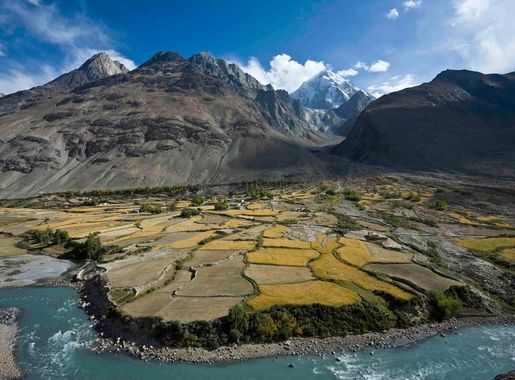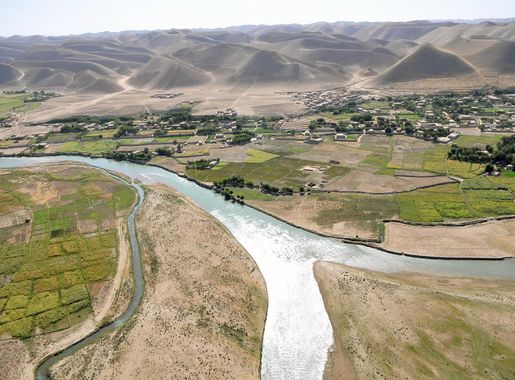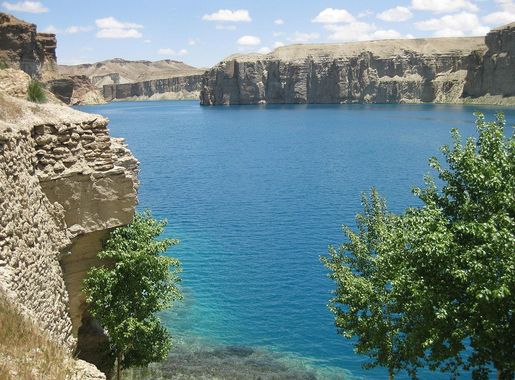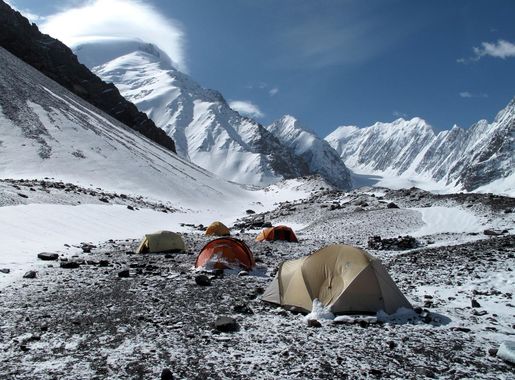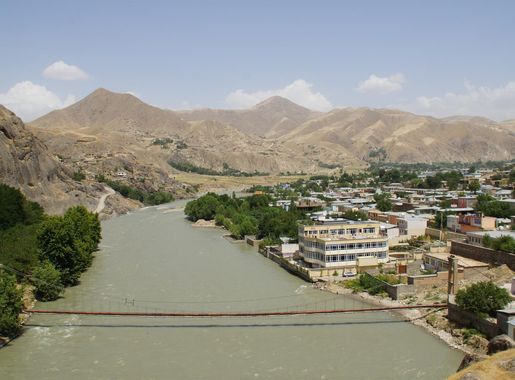
The Rugged Beauty of Badakhshan Province
Discover the untouched beauty and rich cultural tapestry of Badakhshan Province, where ancient history meets breathtaking natural landscapes.
Badakhshan Province, tucked away in the northeastern corner of Afghanistan, is a mesmerizing blend of natural beauty and rich cultural heritage. Known for its stunning landscapes, the province is a paradise for nature lovers and adventure seekers alike. From the snow-capped peaks of the Hindu Kush mountains to the lush valleys and rivers, the scenery here is nothing short of breathtaking. The region is also home to the famous Wakhan Corridor, a narrow strip of land that offers some of the most unspoiled and remote trekking routes in the world. This geographical marvel connects Afghanistan to China, Tajikistan, and Pakistan and is steeped in history and tradition. The local Wakhi and Kyrgyz communities offer a unique glimpse into a way of life that has remained largely unchanged for centuries. Badakhshan's historic sites, including ancient Silk Road ruins and centuries-old fortresses, add another layer of intrigue to your visit. The province is also famous for its lapis lazuli mines, which have been a source of this precious stone for thousands of years. Whether you're exploring the vibrant local bazaars or hiking through the rugged terrain, Badakhshan Province promises an unforgettable adventure.
Local tips in Badakhshan Province
- Carry warm clothing, as temperatures can drop significantly, especially at higher altitudes.
- Hire a local guide for trekking routes in the Wakhan Corridor to ensure safety and enrich your experience.
- Learn a few basic phrases in Dari or Pashto to communicate more easily with locals.
- Visit the local bazaars for unique handicrafts, especially artifacts made from lapis lazuli.
- Ensure you have the necessary permits for travel, especially if you plan to explore border areas.
The Rugged Beauty of Badakhshan Province
Badakhshan Province, tucked away in the northeastern corner of Afghanistan, is a mesmerizing blend of natural beauty and rich cultural heritage. Known for its stunning landscapes, the province is a paradise for nature lovers and adventure seekers alike. From the snow-capped peaks of the Hindu Kush mountains to the lush valleys and rivers, the scenery here is nothing short of breathtaking. The region is also home to the famous Wakhan Corridor, a narrow strip of land that offers some of the most unspoiled and remote trekking routes in the world. This geographical marvel connects Afghanistan to China, Tajikistan, and Pakistan and is steeped in history and tradition. The local Wakhi and Kyrgyz communities offer a unique glimpse into a way of life that has remained largely unchanged for centuries. Badakhshan's historic sites, including ancient Silk Road ruins and centuries-old fortresses, add another layer of intrigue to your visit. The province is also famous for its lapis lazuli mines, which have been a source of this precious stone for thousands of years. Whether you're exploring the vibrant local bazaars or hiking through the rugged terrain, Badakhshan Province promises an unforgettable adventure.
When is the best time to go to Badakhshan Province?
Iconic landmarks you can’t miss
Wakhan National Park
Discover the stunning landscapes, rich wildlife, and vibrant culture of Wakhan National Park in Afghanistan, a hidden gem for adventurous travelers.
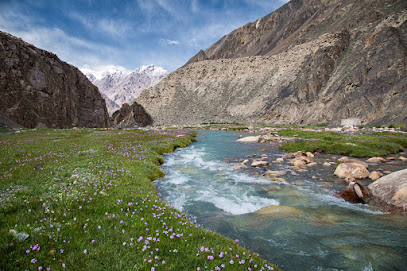
Yamchun Fort
Discover the majestic Yamchun Fort in Tajikistan, where history meets breathtaking mountain views in the heart of the Pamirs.
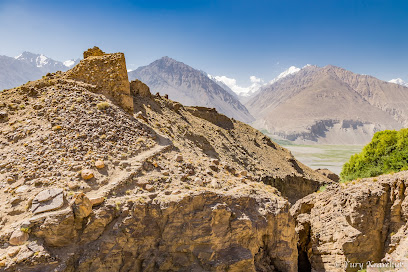
Kiran wa Munjan
Discover the breathtaking beauty and adventure at Kiran wa Munjan, a stunning ravine in Afghanistan that captivates nature lovers and adventurers alike.
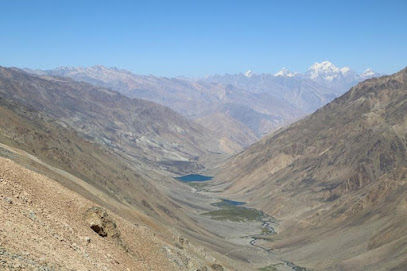
Unmissable attractions to see
Wakhan National Park
Discover the breathtaking landscapes and rich cultural heritage of Wakhan National Park, an untouched paradise in Afghanistan's wilderness.
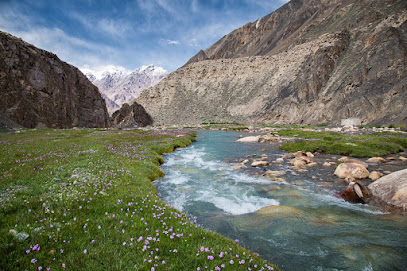
بند برق شاه و عروس
Explore the breathtaking landscapes and rich cultural heritage at Band Barq Shah and Aroos, a captivating tourist attraction in Afghanistan.
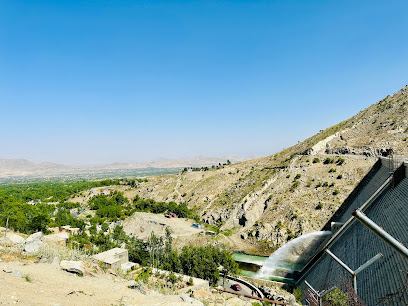
د بند غاړه
Explore the tranquil beauty and cultural richness of د بندغاه, an enchanting tourist attraction in Afghanistan's Jawari region.
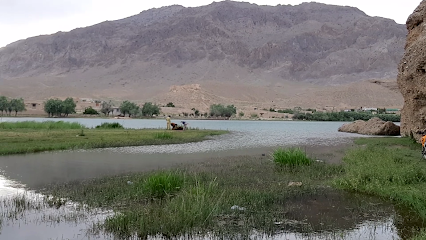
Essential places to dine
Qasri Kokcha Hotel and Restaurant
Discover comfort and authentic Afghan cuisine at Qasri Kokcha Hotel and Restaurant in Fayzabad – your perfect travel companion.
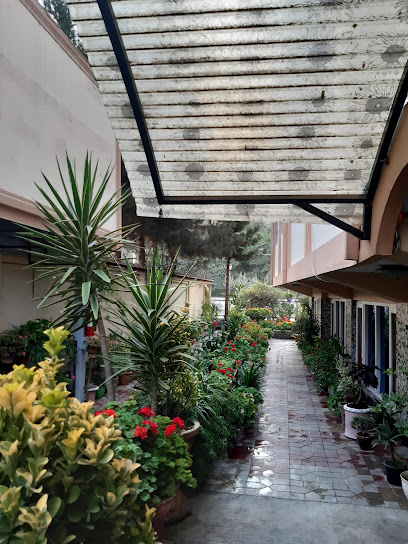
فيض اباد ، بدخشان ولايت Faizabad Badakhashan wolayat
Explore Faizabad: A Hidden Gem in Badakhshan with Rich History and Stunning Landscapes.
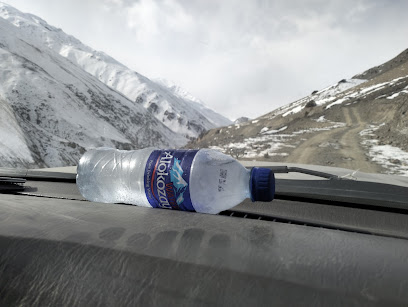
Markets, malls and hidden boutiques
Kabul City Center
Discover the vibrant Kabul City Center, where shopping meets Afghan culture in the heart of Kabul, Afghanistan.
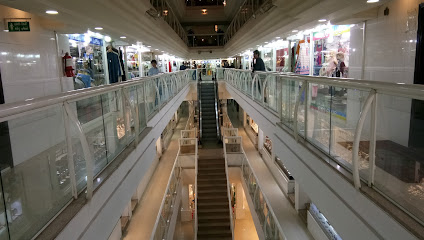
Zohak Village
Experience the tranquility of Zohak Village, a serene hotel in Kabul offering comfort, culture, and captivating views.
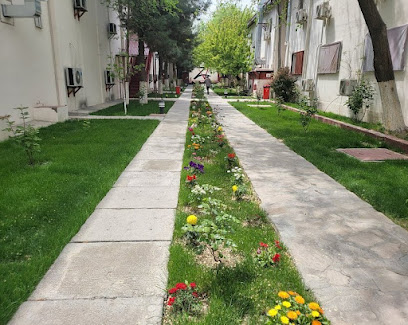
Kite Travel Boutique
Discover Afghanistan through Kite Travel Boutique, your trusted partner for personalized travel experiences, expert guidance, and unforgettable adventures.
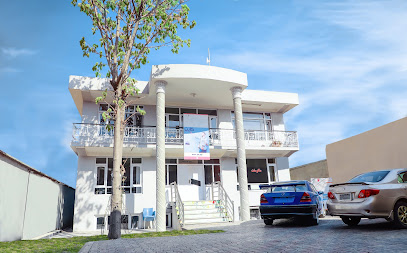
ACE Hardware Afghanistan
Discover quality home improvement products at ACE Hardware Afghanistan, your trusted source for tools and supplies in Kabul.

شهر کشم
Explore the lively flea market in کشم, where local culture, unique handicrafts, and delicious cuisine come together in a vibrant shopping experience.

Aseel | Buy Good, Do Good
Explore Aseel in Kabul for a unique shopping experience showcasing Afghan craftsmanship, from clothing to jewelry, all while supporting local artisans.
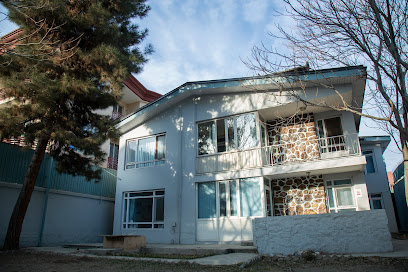
Rishad Shopping Mall
Explore Rishad Shopping Mall in Kabul, a vibrant grocery haven offering local and international delights in a friendly atmosphere.
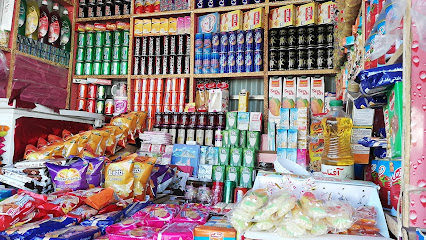
Habib Shopping Mall
Discover the vibrant Habib Shopping Mall in Kabul, where modern shopping meets rich Afghan culture in a lively atmosphere.
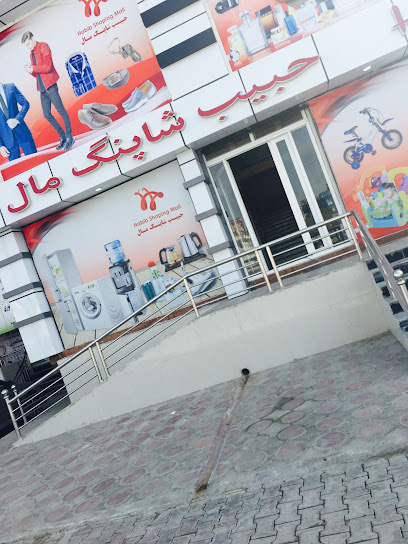
Dunya Boutique
Discover a unique blend of traditional and modern fashion at Dunya Boutique, a must-visit clothing store in Kabul, Afghanistan.

Khalis Super Store فروشگاه بزرگ خالص
Explore Khalis Super Store in Kabul, where shopping meets culture with a variety of local and international goods to discover.
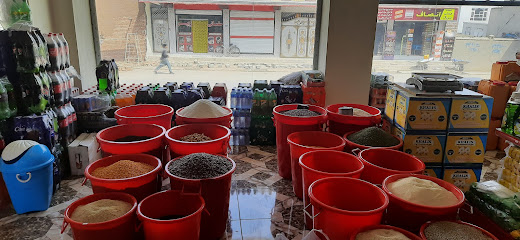
Kabul shop
Explore the vibrant styles of Afghan fashion at Kabul Shop, offering a unique blend of traditional and contemporary clothing in the heart of Kabul.
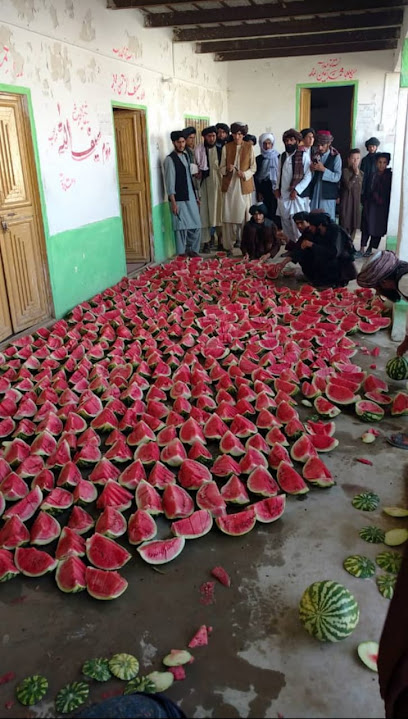
انصاف جمال رهنمایی
Explore the rich heritage and vibrant fashion at انصاف جمال رهنمایی, the premier clothing store in Kandahar's Shkarpor Bazar.

محل مغازه های فندقستانی ها
Explore local flavors and authentic Afghan culture at فندقستانی ها grocery store in سیاه گرد, a must-visit for any traveler.

UniqueGems
Explore the artistic gems of Chicken Street in Kabul, where Afghan craftsmanship meets vibrant culture and unique shopping experiences.

Ganjina Supermarket
Experience the vibrant culture and flavors of Afghanistan at Ganjina Supermarket in Kabul, a hub for locals and tourists alike.

Essential bars & hidden hideouts
Safi Landmark Hotel
Experience luxury and comfort at Safi Landmark Hotel in Kabul, where modern elegance meets rich Afghan hospitality for an unforgettable stay.

Pamir Lodge
Experience the enchanting beauty of Tajikistan at Pamir Lodge, a cozy hostel immersed in the breathtaking landscapes of the Pamir Mountains.
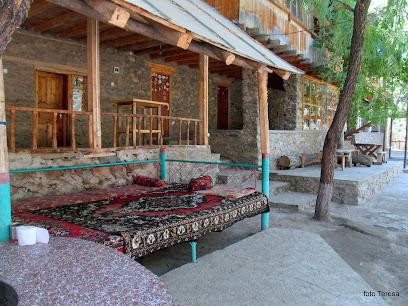
Zarya Hotel
Experience the beautiful Khorog at Zarya Hotel, where comfort meets nature in the heart of Tajikistan.
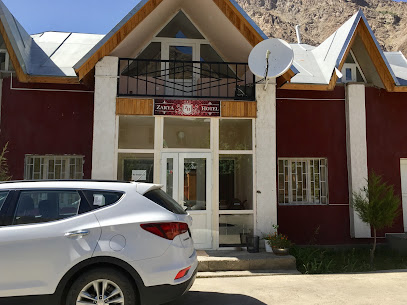
Rokhan Sport House and Tikwando Club
Discover the vibrant sports culture at Rokhan Sport House and Taekwondo Club in Jalalabad, where athleticism meets community spirit.
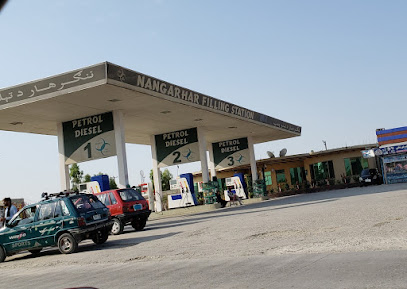
Rokhan minah دریمه کوڅه
Experience the vibrant culture of Jalalabad at Rokhan Minah, the premier sports bar for locals and tourists alike, where every game is a celebration.

Local Phrases about Badakhshan Province
-
- Helloسلام
[salaam] - Goodbyeخداحافظ
[khodā hāfez] - Yesبله
[bale] - Noنه
[na] - Please/You're welcomeمهربانی
[mehrbanī] - Thank youتشکر
[tashakur] - Excuse me/Sorryببخشید
[bebakhshid] - How are you?حال شما چطور است؟
[hāl-e shomā chetor ast?] - Fine. And you?خوبم. شما؟
[khubam. shomā?] - Do you speak English?آیا شما انگلیسی صحبت می کنید؟
[āyā shomā engelisi sohbat mikonid?] - I don't understandمتوجه نمیشم
[motavajeh nemisham]
- Helloسلام
-
- I'd like to see the menu, pleaseلطفاً منو را ببینید
[lotfan menu ra bebinid] - I don't eat meatگوشت نمی خورم
[gusht nemikhoram] - Cheers!سلامتی!
[salamati] - I would like to pay, pleaseلطفاً می خواهم پرداخت کنم
[lotfan mikhwaham pardakht konam]
- I'd like to see the menu, pleaseلطفاً منو را ببینید
-
- Help!کمک!
[komak] - Go away!برو!
[boro] - Call the Police!پلیس را صدا کنید!
[polis ra seda konid] - Call a doctor!یک دکتر بخوانید!
[yek doktor bekhanid] - I'm lostگم شده ام
[gom shode am] - I'm illبیمار هستم
[bimar hastam]
- Help!کمک!
-
- I'd like to buy...می خواهم بخرم...
[mikhwaham bekharam...] - I'm just lookingفقط نگاه می کنم
[faghat negah mikonam] - How much is it?این چقدر است؟
[in chand ast?] - That's too expensiveخیلی گران است
[kheili geran ast] - Can you lower the price?می توانید قیمت را کاهش دهید؟
[mitavanid gheymat ra kahesh dahid?]
- I'd like to buy...می خواهم بخرم...
-
- What time is it?چند است؟
[chand ast?] - It's one o'clockیک است
[yek ast] - Half past (10)ده و نیم
[dah va nim] - Morningصبح
[sobh] - Afternoonبعد از ظهر
[ba'd az zohr] - Eveningشام
[sham] - Yesterdayدیروز
[diruz] - Todayامروز
[emruz] - Tomorrowفردا
[farda] - 1یک
[yek] - 2دو
[do] - 3سه
[se] - 4چهار
[char] - 5پنج
[panj] - 6شش
[shesh] - 7هفت
[haft] - 8هشت
[hasht] - 9نه
[noh] - 10ده
[dah]
- What time is it?چند است؟
-
- Where's a/the...?کجاست...؟
[kojast...?] - What's the address?آدرس چیست؟
[adres chist?] - Can you show me (on the map)?می توانید به من نشان دهید (روی نقشه)؟
[mitavanid be man neshan dahid (ru-ye naqshe)?] - When's the next (bus)?بعدی چه زمانی است (اتوبوس)؟
[ba'di che zamani ast (otobus)?] - A ticket (to ....)یک بلیط (به ...)
[yek belit (be ...)]
- Where's a/the...?کجاست...؟
History of Badakhshan Province
-
Badakhshan Province, nestled in the northeastern part of Afghanistan, is steeped in ancient history. The region's earliest inhabitants date back to the Bronze Age, and it has been a crossroads for various civilizations, including the Achaemenid Empire. Archaeological findings suggest the presence of early settlements and trade routes that linked Badakhshan with Central Asia and the Indian subcontinent.
-
Badakhshan was a significant node on the ancient Silk Road, serving as a crucial link between East and West. Its strategic location facilitated the exchange of goods, ideas, and culture. The province was particularly renowned for its precious lapis lazuli mines, which attracted traders from as far away as Egypt and Mesopotamia. The ancient city of Balkh, often referred to as the 'Mother of Cities,' played a pivotal role in this bustling trade network.
-
Islamic influence began to permeate Badakhshan in the 7th century with the arrival of Arab armies. By the 10th century, the region had become a center of Islamic learning and culture. The province saw the rise of numerous scholars, poets, and theologians who contributed significantly to Islamic thought. Notable among them was the celebrated poet, Nasir Khusraw, whose works remain influential in Persian literature.
-
The 13th century brought tumultuous changes to Badakhshan with the Mongol invasions led by Genghis Khan. The region experienced significant destruction but eventually recovered under the Timurid Empire in the 14th and 15th centuries. The Timurid era marked a period of artistic and architectural renaissance, with Badakhshan benefiting from the prosperity and cultural patronage of the Timurid rulers.
-
In the 16th and 17th centuries, Badakhshan came under the influence of both the Safavid Empire of Persia and the Mughal Empire of India. The region served as a buffer zone and witnessed several power struggles between these two mighty empires. Despite the political turbulence, Badakhshan continued to thrive culturally, with influences from both Persian and Mughal artistic traditions.
-
The 20th century brought significant changes to Badakhshan. During the Soviet invasion of Afghanistan (1979-1989), the province became a stronghold for the Mujahideen resistance. The rugged terrain of the Pamir Mountains provided a strategic advantage for the guerilla fighters. The conflict left a lasting impact on the region, shaping its modern history and contributing to the resilience and tenacity of its people.
-
Badakhshan is a melting pot of cultures, languages, and traditions. The province is home to a diverse population, including Tajiks, Uzbeks, and Kyrgyz, each contributing to the rich cultural tapestry of the region. Traditional music, dance, and crafts play a vital role in the cultural life of Badakhshan. The province is also known for its unique architectural styles, including intricately decorated mosques and historical fortresses that stand as testaments to its rich heritage.
-
Beyond its historical and cultural significance, Badakhshan is renowned for its breathtaking natural landscapes. The Pamir Mountains, often called the 'Roof of the World,' offer some of the most spectacular scenery in the region. The province's pristine rivers, lush valleys, and high-altitude lakes attract eco-tourists and adventure seekers from around the world, making Badakhshan a hidden gem for nature enthusiasts.
Badakhshan Province Essentials
-
Badakhshan Province is located in the northeastern part of Afghanistan. The nearest major airport is in Kabul, the capital city. From Kabul, you can take a domestic flight to Faizabad Airport, the provincial capital of Badakhshan. Alternatively, you can travel by road, but be prepared for a journey that can take up to 18 hours due to the mountainous terrain and road conditions.
-
In Badakhshan Province, transportation options include local taxis, shared minibuses, and private rentals. The rugged terrain makes travel challenging, so it is advisable to hire a local guide or driver who is familiar with the area. Be aware that some areas may require a 4x4 vehicle, especially during winter months or rainy seasons when roads can become impassable.
-
The official currency in Afghanistan is the Afghan Afghani (AFN). While credit cards are accepted in some hotels and larger establishments in Faizabad, it is advisable to carry cash, especially when traveling to rural areas. ATMs are available in Faizabad, but they may not always be reliable, so ensure you have enough cash for your journey.
-
Badakhshan Province is generally safer than other parts of Afghanistan, but it is essential to stay informed about the current security situation. Avoid traveling to remote areas without a local guide or reliable information. Always keep a low profile, avoid large gatherings, and be cautious of your surroundings. Certain areas might have higher crime rates, so consult local sources for up-to-date advice.
-
In case of emergency, contact local authorities or the nearest police station in Faizabad. The emergency contact number in Afghanistan is 119. Medical facilities are limited, so it is crucial to have comprehensive travel insurance that includes medical evacuation. For minor health issues, there are pharmacies in Faizabad where you can purchase medications.
-
Fashion: Do dress modestly, covering your arms and legs. Avoid wearing revealing clothing. Religion: Do respect local customs and traditions. Remove your shoes before entering mosques. Public Transport: Do be respectful and give up your seat to elderly passengers. Don't eat or drink on public transport. Greetings: Do greet people with a handshake or a traditional Afghan greeting. Eating & Drinking: Do try local dishes and accept food offerings graciously. Avoid eating or drinking in public during the month of Ramadan.
-
To experience Badakhshan Province like a local, visit the local bazaars where you can buy traditional Afghan goods and handicrafts. Engage with the local community, as they are often welcoming and eager to share their culture. Don't miss visiting the Wakhan Corridor, known for its stunning landscapes and rich history. For a unique experience, explore the Pamir Mountains, which offer breathtaking views and opportunities for trekking and mountaineering.

